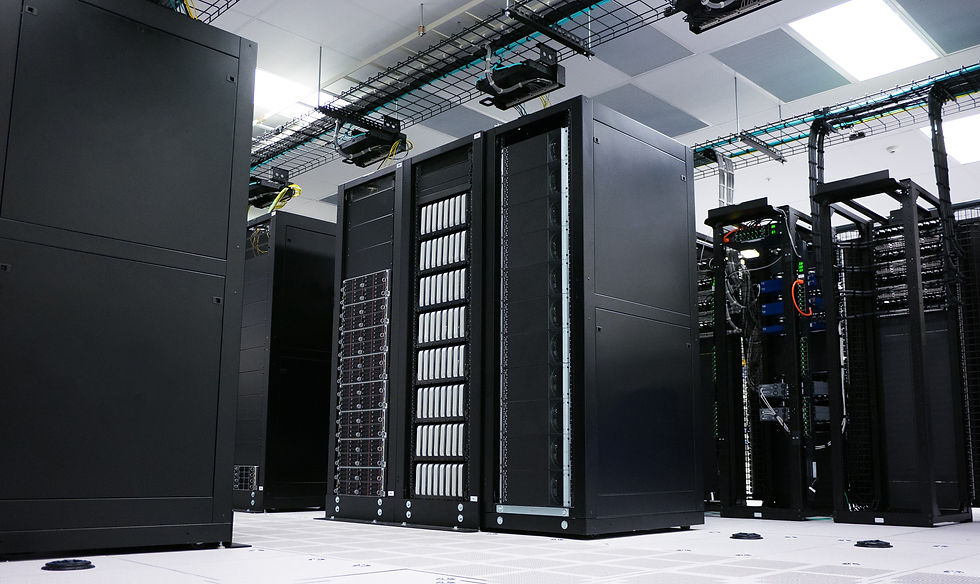Article 3: Secure Authentication with MFA and SSO
- Tech Guru

- May 1, 2024
- 2 min read
Introduction:
Authentication is the process of verifying the identity of users accessing your organization's resources. Traditional authentication methods, such as passwords, are no longer sufficient to protect against increasingly sophisticated cyber threats. In this article, we'll explore the importance of secure authentication and the benefits of implementing multi-factor authentication (MFA) and single sign-on (SSO) solutions.
1. Understanding Multi-Factor Authentication (MFA):
MFA adds an extra layer of security to the authentication process by requiring users to provide multiple forms of identification. Common factors used in MFA include:
Something you know (e.g., password)
Something you have (e.g., smartphone for receiving verification codes)
Something you are (e.g., biometric data such as fingerprint or facial recognition)

2. Implementing MFA:
To enhance authentication security, consider implementing MFA across all critical systems and applications. Choose MFA solutions that are user-friendly and support a variety of authentication methods. Steps for implementing MFA include:
Assessing the risk: Identify high-risk systems and user accounts that require MFA.
Selecting the appropriate MFA solution: Choose a solution that aligns with your organization's needs and budget.
Configuring MFA settings: Define the authentication factors required for accessing different resources and establish user enrollment processes.

3. Exploring Single Sign-On (SSO):
SSO allows users to access multiple applications and systems with a single set of login credentials. Key benefits of SSO include:
Improved user experience: Eliminate the need for users to remember multiple passwords, leading to increased productivity and reduced password fatigue.
Enhanced security: Centralize authentication processes and enforce consistent security policies across all connected applications.
Simplified administration: Streamline user management tasks such as provisioning and deprovisioning accounts.
Conclusion:
By implementing MFA and SSO solutions, you can strengthen authentication security within your organization, reducing the risk of unauthorized access and credential theft. Remember to regularly review and update your authentication policies to adapt to evolving security threats.
What are you waiting for? Take our complimentary Cybersecurity Health Check to assess your effectiveness in safeguarding your business.



